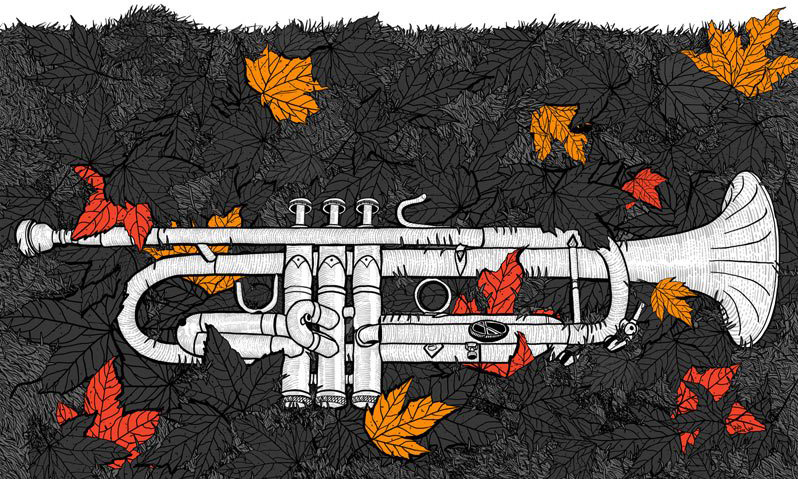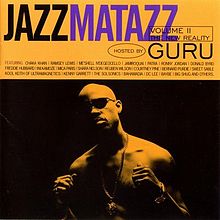
Feb
Diversity Without Pity #23 | Guy and Madeline on a Park Bench
[responsivevoice_button voice=”UK English Female” buttontext=”Listen to Post”]
It’s the week of Valentine’s Day. This mini-series within Diversity Without Pity addresses how couples of diverse backgrounds face challenges in unexpected ways.
There was something familiar when I first saw La La Land trailer. I felt like I had seen this tone — a modern take on the movie musical.
Before director Damien Chazelle filmed La La Land and Whiplash he filmed 2009’s Guy and Madeline on a Park Bench. It was one of those romantic musicals that features an ethnically diverse leading cast, but focuses on romance, upsides, and downfall of a relationship.
Starring noted jazz trumpeter Jason Palmer as Guy and a cast of newcomers, I found Guy and Madeline ambitious in its attempts to revive the MGM era of movie musicals. Not only does La La Land follow the narrative structure of Guy and Madeline as a couple of creative people who, through bad timing, quite simply couldn’t be together. There’s an actual dance-to-music dueling sequence that is completely lifted from Guy and Madeline on a Park Bench.
As a character, Guy is sweet, but he has his “special snowflake” moments. Jason’s character has a scene where he sits on a stoop and wonders why people don’t bump, say, John Coltrane in their cars. David Byrne has explained in his book, How Music Works, through the science of sound why we don’t do that. Otherwise, the movie is lovely. The black and white movie does have film school student written all over it. But so did She’s Gotta Have It, and we love that movie.
Jazz in La La Land
It seems La La Land will sweep this year’s awards. This is bittersweet, as I loved the movie, but understand why a doomed love story centered on two White people talking about jazz music is problematic. First, I don’t look to these kinds of movies to tell me about jazz music. Instead, I listen to Esperanza Spalding, Kamasi Washington, or the jazz fusion stylings of Flying Lotus, as it reminds me of the past work of the late Guru and his Jazzmatazz series. Second, I understand jazz music is the art that Sebastian (played by Ryan Gosling) loves so much that he cannot be with the woman he loves. It’s simply a narrative device used to say something about the character.
I use Diversity Without Pity as a platform to highlight really famous work. But I also highlight work that might get lost to history. The seed of La La Land was Guy and Madeline on a Park Bench, centered on an actual black jazz musician. But more importantly, it’s a story about two people who are so passionate about their art that it means they can’t be together.
That’s enough for me.
Diversity Without Pity is a blog series from IDSL, highlighting media that uses smart design, and considers the diversity of it’s casting without selling the viewer or consumer, short.



